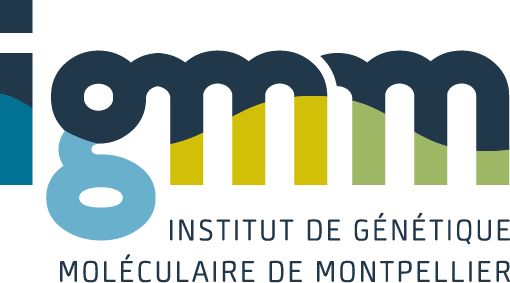The European Hematology Association (EHA) Roadmap for European Hematology Research highlights major achievements in diagnosis and treatment of blood disorders and identifies the greatest unmet clinical and scientific needs in those areas to enable better funded, more focused European hematology research. Initiated by the EHA, around 300 experts contributed to the consensus document, which will help European policy makers, research funders, research organizations, researchers, and patient groups make better informed decisions on hematology research. It also aims to raise public awareness of the burden of blood disorders on European society, which purely in economic terms is estimated at euro23 billion per year, a level of cost that is not matched in current European hematology research funding. In recent decades, hematology research has improved our fundamental understanding of the biology of blood disorders, and has improved diagnostics and treatments, sometimes in revolutionary ways. This progress highlights the potential of focused basic research programs such as this EHA Roadmap.The EHA Roadmap identifies nine ‘sections’ in hematology: normal hematopoiesis, malignant lymphoid and myeloid diseases, anemias and related diseases, platelet disorders, blood coagulation and hemostatic disorders, transfusion medicine, infections in hematology, and hematopoietic stem cell transplantation. These sections span 60 smaller groups of diseases or disorders.The EHA Roadmap identifies priorities and needs across the field of hematology, including those to develop targeted therapies based on genomic profiling and chemical biology, to eradicate minimal residual malignant disease, and to develop cellular immunotherapies, combination treatments, gene therapies, hematopoietic stem cell treatments, and treatments that are better tolerated by elderly patients.
The European Hematology Association Roadmap for European Hematology Research: a consensus document
Engert, A.; Balduini, C.; Brand, A.; Coiffier, B.; Cordonnier, C.; Dohner, H.; de Wit, T. D.; Eichinger, S.; Fibbe, W.; Green, T.; de Haas, F.; Iolascon, A.; Jaffredo, T.; Rodeghiero, F.; Salles, G.; Schuringa, J. J.; E. H. A. Roadmap for European Hematology Research
2016
Haematologica
2016-02 / vol 101 / pages 115-208
Abstract
10.3324/haematol.2015.136739
1592-8721 (Electronic) 0390-6078 (Linking)
PMCID: PMC4938336
